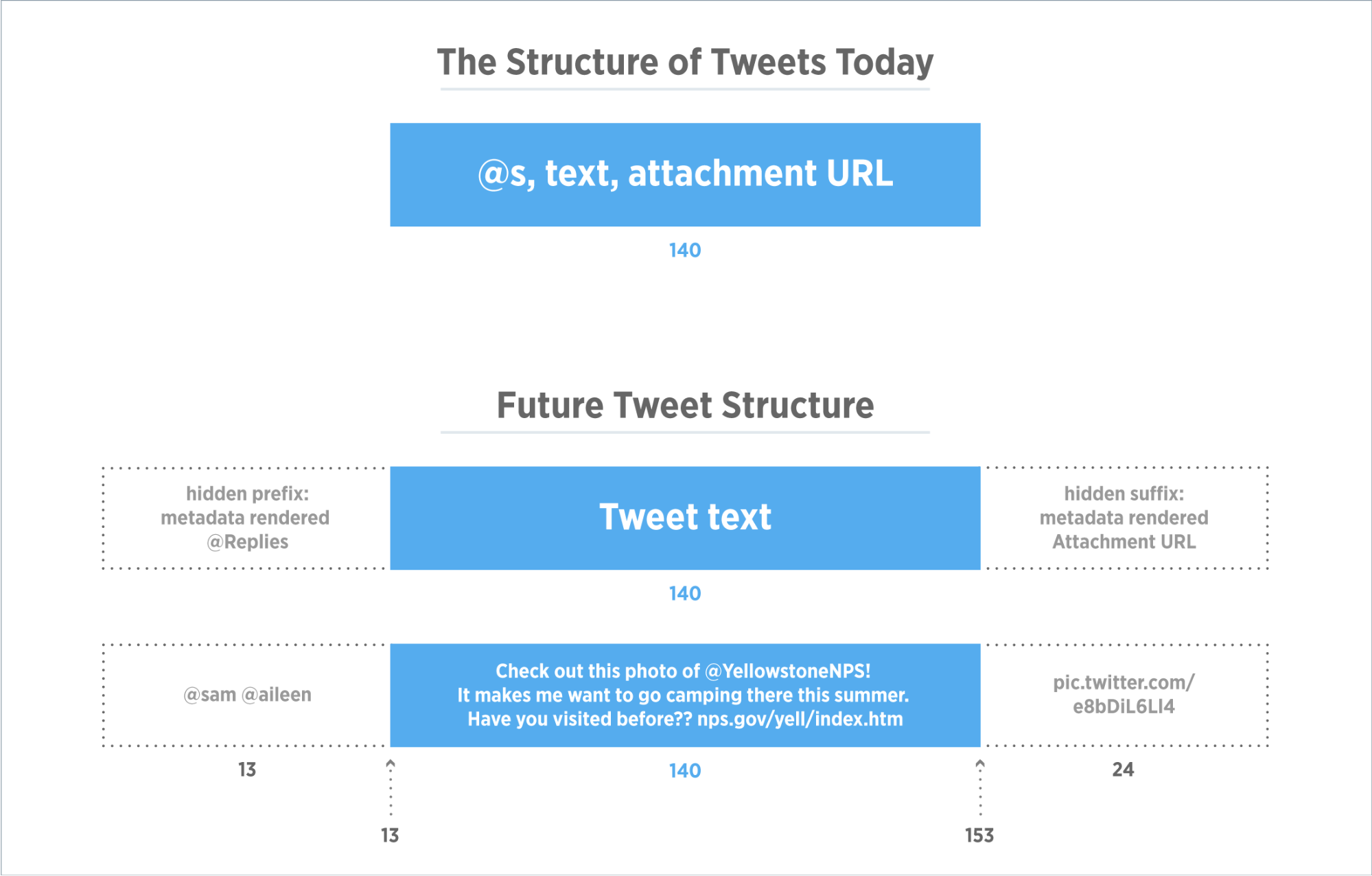In case you missed it, a certain corner of the social media world experienced an influx of joy, celebratory actions and a splash of a surprise this week when Twitter announced changes to the way we will tweet.
In the coming months, we're introducing new ways for you to express even more with a Tweet: https://t.co/l1sWRvXWqr pic.twitter.com/zzhWpRcABs
— Twitter (@twitter) May 24, 2016
When the news about new ways to bypass Twitter’s 140-character limit broke, people celebrated, cheered loudly, and waved their hands as if they were indifferent. The upcoming format of a tweet is something many of us, particularly in marketing, have been asking for years. Features like not having to worry about a user’s handle, new retweet options, and not having to stress about the URL of an image or link in a reply are great for the Twitter community. However, it’s important for all of us, especially marketers, to remember the words of Ben Parker: “…with great power comes great responsibility.”
The majority of the power that I am referring to here can be found at the beginning of the extended tweet structure above. As you can see, the 140-character count is now considered in the space after a user’s Twitter handle(s) and before a link whether that URL is an image, GIF or link to a web page. This new extension allows for up to 50 autopopulated handles to be mentioned in an individual tweet.
The potential issue here is a simple one: SPAM. Think about how a tweet with 50 people in it would look. It would be inadvisable, to say the least, to tweet to that many people, especially unsolicited, at once just because you can. There are certain rules of engagement in social media that must be followed and they include following regular social cues in order to hold a conversation with people and not jumping into conversations that you weren’t invited to. And speaking of that…
Twitter has also dropped the worst kept secret hack on the platform, the “.@” convention. Replies are now broadcast automatically instead of only to those who follow both you and the person to whom you are replying. Once again, we’ve reached another point where we as marketers can show that we know how to use Twitter responsibly.
The spirit of the initial change that resulted in the .@ convention was one that focused that focused conversations like that on the parties in the conversation. It provided a small layer of protection for the people conversing as well as cleared other users’ streams of conversations. To quell the justified fears of people jumping into conversations to which they have not been invited, we can simply not jump into conversations wherein we have not been invited.
As a whole, the changes that are due to appear from the blue bird are beneficial to users and that is something that we should all be happy about. With that being said, we must remember all that we should do in order to make Twitter a place those who connect with us want to be. Showing our worth in that way makes everything better.
